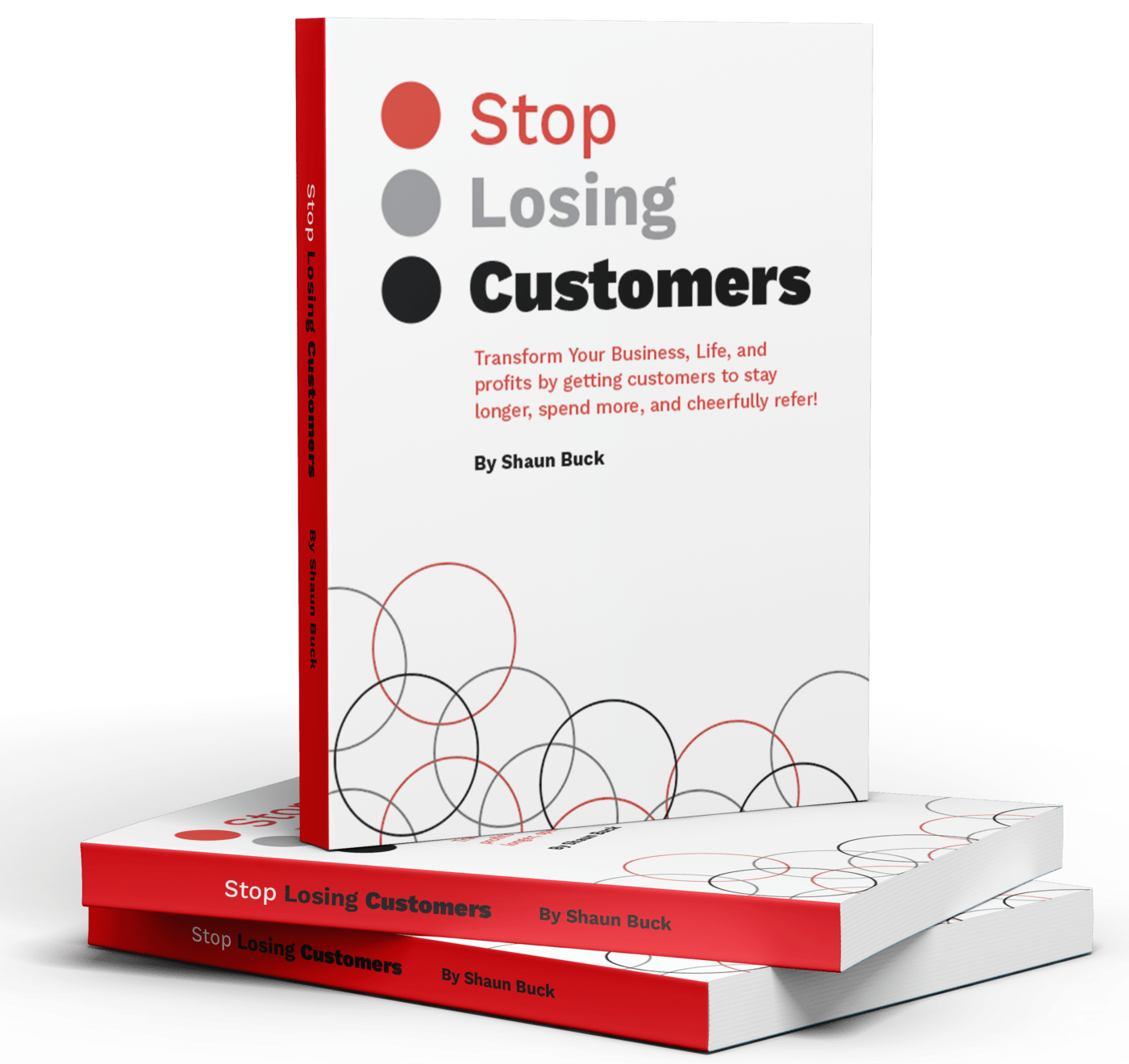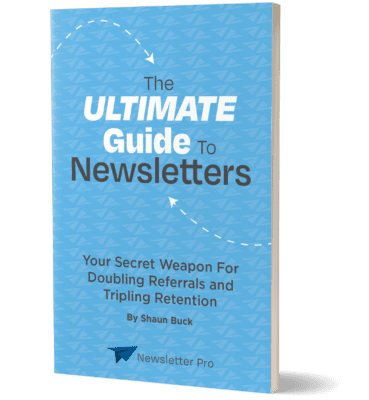In today’s competitive digital landscape, email marketing remains one of the most effective tools for engaging with your audience. However, the key to maximizing its impact lies in how well you can segment your audience. Enter dynamic email segmentation, a powerful strategy that optimizes audience targeting through predictive segmentation. In this article, we’ll delve into what dynamic email segmentation is, why it matters, and how you can implement it to enhance your email marketing campaigns.
What Is Dynamic Email Segmentation?
Dynamic email segmentation involves dividing your email list into various segments based on specific criteria such as behavior, demographics, and more. Unlike traditional segmentation, which relies on static data, dynamic segmentation uses real-time data and predictive analytics to create highly targeted and personalized email campaigns. This approach ensures that your messages resonate more deeply with each recipient, leading to higher engagement and conversion rates.
Dynamic segmentation is particularly valuable because it adapts to changes in customer behavior and preferences. As new data is collected, segments can be automatically updated to reflect the most current information, making your email marketing efforts more agile and responsive. This level of adaptability is crucial in today’s fast-paced digital environment, where consumer interests and behaviors can shift rapidly.

The Role of Predictive Segmentation
Predictive segmentation leverages machine learning and artificial intelligence to analyze past behaviors and predict future actions of your audience. By understanding these patterns, you can create more relevant and personalized content that resonates with each segment, ultimately driving higher engagement and conversion rates. Predictive models can identify trends and insights that may not be immediately apparent, allowing for more strategic decision-making in your email marketing campaigns.
Moreover, predictive segmentation can help identify potential high-value customers and those at risk of churn. By targeting these segments with tailored content and offers, you can maximize lifetime value and reduce customer attrition. This proactive approach not only enhances the effectiveness of your campaigns but also builds stronger customer relationships.
Why Dynamic Email Segmentation Matters
Dynamic email segmentation is not just a buzzword; it offers tangible benefits that can significantly enhance your email marketing performance. Here are some reasons why it matters:
Improved Personalization
One-size-fits-all emails are a thing of the past. With dynamic segmentation, you can tailor your messages to meet the specific needs and preferences of each segment. This level of personalization can lead to higher open rates, click-through rates, and conversions. Personalized emails make recipients feel valued and understood, fostering a deeper connection with your brand.
Furthermore, personalization can extend beyond just the content of the email. It can also influence the timing and frequency of your communications. By understanding when and how often different segments prefer to receive emails, you can optimize your sending schedule to maximize engagement.
Enhanced Customer Experience
By sending relevant content to the right audience at the right time, you improve the overall customer experience. Happy customers are more likely to engage with your brand, make purchases, and become loyal advocates. A positive email experience can also enhance brand perception, making customers more likely to recommend your brand to others.
Moreover, a well-executed dynamic segmentation strategy can reduce the chances of your emails being marked as spam. When recipients find your content relevant and valuable, they are less likely to unsubscribe or report your emails, thereby improving your sender reputation and deliverability rates.
Increased ROI
Dynamic segmentation allows you to allocate your marketing resources more efficiently. By targeting specific segments with tailored messages, you can achieve better results without wasting resources on uninterested or irrelevant audiences. This targeted approach ensures that your marketing budget is spent on efforts that are more likely to yield a positive return.
Additionally, by focusing on high-potential segments, you can maximize the impact of your marketing efforts. This can lead to higher conversion rates and increased revenue, ultimately boosting your overall ROI. The ability to measure and analyze the performance of different segments also allows for continuous optimization and improvement.
How to Implement Dynamic Email Segmentation
Implementing dynamic email segmentation may seem daunting, but breaking it down into manageable steps can make the process more straightforward. Here’s how you can get started:
Step 1: Collect and Analyze Data
The first step is to collect comprehensive data on your audience. This includes demographic information, behavioral data, and past interactions with your brand. Use analytics tools to gather this data and identify patterns and trends. The more data you have, the more accurate and effective your segmentation will be.
It’s also important to ensure that your data is clean and well-organized. Inaccurate or incomplete data can lead to ineffective segmentation and poor campaign performance. Regularly updating and cleaning your data can help maintain its quality and reliability.
Step 2: Define Segmentation Criteria
Based on your data analysis, define the criteria for your segments. Common criteria include:
- Demographics: Age, gender, location
- Behavioral: Purchase history, browsing behavior
- Engagement: Email open rates, click-through rates
- Psychographics: Interests, lifestyle
You can also consider more advanced criteria such as customer lifetime value, purchase frequency, and customer journey stage. By combining multiple criteria, you can create more nuanced and precise segments that reflect the unique characteristics and needs of your audience.
Step 3: Use Predictive Analytics
Leverage predictive analytics tools to analyze your data and predict future behaviors. These tools can help you identify which segments are most likely to convert, engage, or churn. Predictive models can also help you uncover hidden patterns and trends that can inform your segmentation strategy.
By incorporating predictive insights into your segmentation process, you can create more effective and targeted campaigns. This can lead to higher engagement rates, improved customer retention, and increased revenue.
Step 4: Create Tailored Content
Once you have your segments, create tailored content for each one. This could include personalized subject lines, relevant offers, and customized messaging that speaks directly to the needs and preferences of each segment. The goal is to make each recipient feel like the email was crafted specifically for them.
Personalized content can also extend to the design and layout of your emails. Consider using dynamic content blocks that change based on the recipient’s segment, ensuring that each email is visually appealing and relevant.
Step 5: Automate and Monitor
Use email marketing automation tools to send your segmented campaigns. Monitor the performance of each segment and make adjustments as needed. Continuous monitoring and optimization are key to maintaining the effectiveness of your dynamic segmentation strategy. Automation can also help you scale your efforts and reach more customers with less effort.
Regularly reviewing your campaign metrics can help you identify areas for improvement and optimize your strategy. By testing different approaches and analyzing the results, you can continuously refine your segmentation and content to achieve better results.

Case Studies: Success Stories with Dynamic Email Segmentation
To illustrate the power of dynamic email segmentation, let’s look at a couple of real-world examples:
Company A: Boosting Engagement Rates
Company A, an e-commerce retailer, used dynamic segmentation to target customers based on their browsing behavior. By sending personalized product recommendations and offers, they saw a 30% increase in email open rates and a 25% boost in click-through rates. This targeted approach not only improved engagement but also led to higher sales and customer satisfaction.
The retailer also noticed a significant reduction in unsubscribe rates, as customers found the content more relevant and valuable. This success highlights the importance of understanding customer behavior and using that knowledge to create personalized and engaging email campaigns.
Company B: Reducing Churn
Company B, a subscription service, implemented predictive segmentation to identify customers at risk of churning. They sent targeted retention campaigns to these segments, resulting in a 15% reduction in churn rates and a significant increase in customer lifetime value. The personalized retention efforts helped re-engage at-risk customers and reinforce their commitment to the service.
In addition to reducing churn, Company B also saw an increase in customer referrals and positive reviews. By addressing the specific needs and concerns of at-risk customers, they were able to turn potential churn into loyalty and advocacy.
Best Practices for Dynamic Email Segmentation
To make the most of dynamic email segmentation, consider the following best practices:
Keep Your Data Clean and Up-to-Date
Regularly update your data to ensure accuracy. Outdated or incorrect data can lead to ineffective segmentation and wasted resources. Implementing data hygiene practices such as regular audits and validation checks can help maintain the quality and reliability of your data.
Additionally, consider using data enrichment tools to enhance your existing data with additional information. This can provide deeper insights into your audience and improve the effectiveness of your segmentation efforts.
Test and Optimize
Continuously test different segmentation criteria and campaign elements to identify what works best. Use A/B testing to compare different approaches and optimize your strategy accordingly. Testing can help you understand the impact of various factors on your campaign performance and make data-driven decisions.
Consider testing different subject lines, content variations, and sending times to determine what resonates most with each segment. By analyzing the results and making adjustments, you can continuously improve the effectiveness of your email marketing campaigns.
Leverage Automation
Automation tools can save you time and effort by handling repetitive tasks such as sending emails and tracking performance. Make sure to leverage these tools to streamline your segmentation efforts. Automation can also help you scale your campaigns and reach a larger audience with personalized content.
Consider using advanced automation features such as triggered emails, dynamic content, and behavioral targeting to enhance your segmentation strategy. These features can help you deliver timely and relevant messages that drive engagement and conversions.
Challenges and How to Overcome Them
While dynamic email segmentation offers numerous benefits, it also comes with its own set of challenges. Here are some common obstacles and how to overcome them:
Data Privacy Concerns
With the increasing focus on data privacy, it’s essential to handle customer data responsibly. Ensure that you comply with data protection regulations such as GDPR and CCPA. Be transparent about how you collect and use data, and provide options for customers to manage their preferences.
Implementing robust data security measures and obtaining explicit consent from customers can help build trust and ensure compliance. Regularly reviewing and updating your privacy policies can also help you stay aligned with regulatory requirements.
Resource Constraints
Implementing dynamic segmentation requires time and resources. To overcome this challenge, start small and scale gradually. Focus on the most impactful segments first and expand as you gain more experience and resources. Prioritizing high-value segments can help you achieve quick wins and demonstrate the value of dynamic segmentation to stakeholders.
Consider leveraging external resources such as consultants or specialized software to support your segmentation efforts. These resources can provide expertise and tools to help you implement and optimize your strategy more effectively.
Integration Issues
Integrating different data sources and tools can be complex. Work with your IT team to ensure seamless integration and data flow between your CRM, email marketing platform, and analytics tools. A well-integrated system can provide a holistic view of your audience and support more effective segmentation.
Consider using integration platforms or APIs to connect your various tools and systems. These solutions can simplify the integration process and ensure that data flows smoothly between different platforms.
Conclusion
Dynamic email segmentation, powered by predictive analytics, is a game-changer for email marketing. By targeting your audience with personalized and relevant content, you can enhance customer experience, boost engagement, and achieve higher ROI. While implementing dynamic segmentation may require effort and resources, the benefits far outweigh the challenges. Start by collecting and analyzing data, defining segmentation criteria, and leveraging predictive analytics to optimize your email marketing campaigns. With the right approach and tools, you can unlock the full potential of dynamic email segmentation and take your email marketing to the next level.
Call to Action: Get Started with Newsletter Pro
Ready to elevate your email marketing strategy? Contact Newsletter Pro today to discover how our dynamic email segmentation solutions can transform your marketing efforts. Our expert team is here to guide you through the process, ensuring you achieve maximum engagement and ROI. Whether you’re looking to implement targeted retention campaigns, enhance your data management practices, or leverage automation tools, we’ve got you covered. Don’t miss out on the opportunity to optimize your campaigns—reach out to us now and take the first step towards email marketing success!






